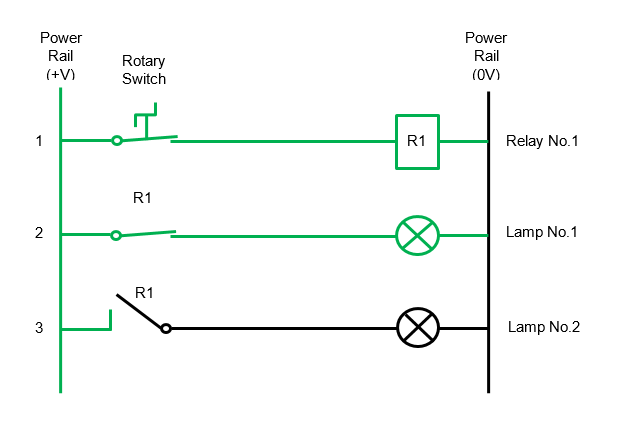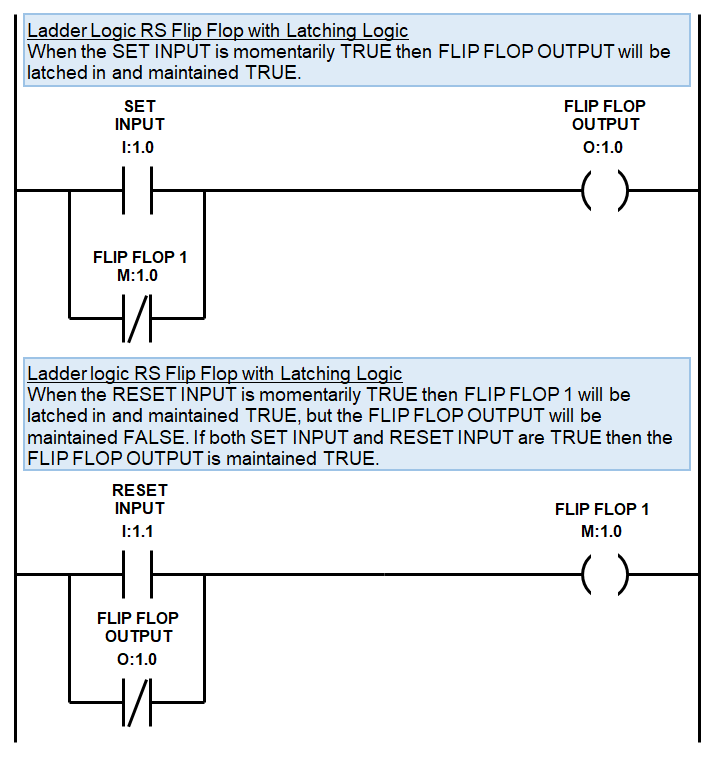

Your company will have a unused competitive advantage and will need to reassess how to attain the needed organization. No: Without the internal organization and support, it will be difficult to fully realize the potential of your valuable, rare, and costly-to-imitate resources.Organization: Does your company have organized management systems, processes, structures, and culture to capitalize on resources and capabilities?.Yes: You offer something that’s valuable, rare, and hard to imitate-now the focus is on your organization.It will require considerable effort to stay ahead of competitors and differentiate your services-go back one step and reassess. No: If your resource has value and rarity, but is affordable or easy to copy, you have a temporary competitive advantage.Imitability: Is it expensive to duplicate your organization’s resource or capability? Is it difficult to find an equivalent substitute to compete with your offerings?.Yes: With value and rarity identified, your next hurdle is imitability.It’s recommended to go back one step and reassess. Your resources are valuable but common, which makes competing in the marketplace more challenging (but not impossible). No: You have value but lack rarity, putting your company in a position of competitive parity.

Rarity: Do you control scarce resources or capabilities? Do you own something that’s hard to find yet in demand?.

Yes: If value is established, move on in your VRIO analysis to rarity. No: You are at a competitive disadvantage and need to reassess your resources and capabilities to uncover value.Value: Do you offer a resource that adds value for customers? Are you able to exploit an opportunity or neutralize competition with an internal capability?.To apply the VRIO framework, evaluate each item on this list through the following four lenses: Intangible resources tend to be the source of most sustainable competitive advantages, but that’s not always the case. These may be tangible or intangible items and may consist of material, financial, or human resources, such as patents, machinery, people skills, cost advantages, or anything else.
#Ladder logic world download#
Looking for a VRIO decision tree template? Download our free strategic planning templates to help you get started with VRIO and other strategic planning approaches.īefore you get started, make a list of your resources and capabilities. You can use a decision tree to help map the outcomes of your probe, depending on whether you deem a resource as having met the criteria or not. VRIO is an acronym for a four-question framework focusing on v alue, r arity, i mitability, and o rganization, the criteria used to evaluate an organization’s resources and capabilities. What is the VRIO framework, and how does it uncover “sustainable competitive advantage”? In this article, we’ll outline what a VRIO analysis entails, share a VRIO framework example, and explain what to do with your VRIO insights after the exercise is complete. Whether you have one or many sustainable competitive advantages, a VRIO analysis will help you identify and leverage them as part of your strategic plan. Sustainable competitive advantages are those that competitors can’t easily duplicate in the foreseeable future they are also a crucial element of business success. Nor are we talking about advantages that are fleeting. Note that we’re not simply talking about a list of your strengths, which are things you do well but are not necessarily unique to your organization. The VRIO framework is a strategic planning tool designed to help organizations uncover and protect the resources and capabilities that give them a long-term competitive advantage.

What makes your organization special? How close are your competitors to overtaking you? Too many companies can’t answer questions like these and simply believe hard work will guarantee success.


 0 kommentar(er)
0 kommentar(er)
